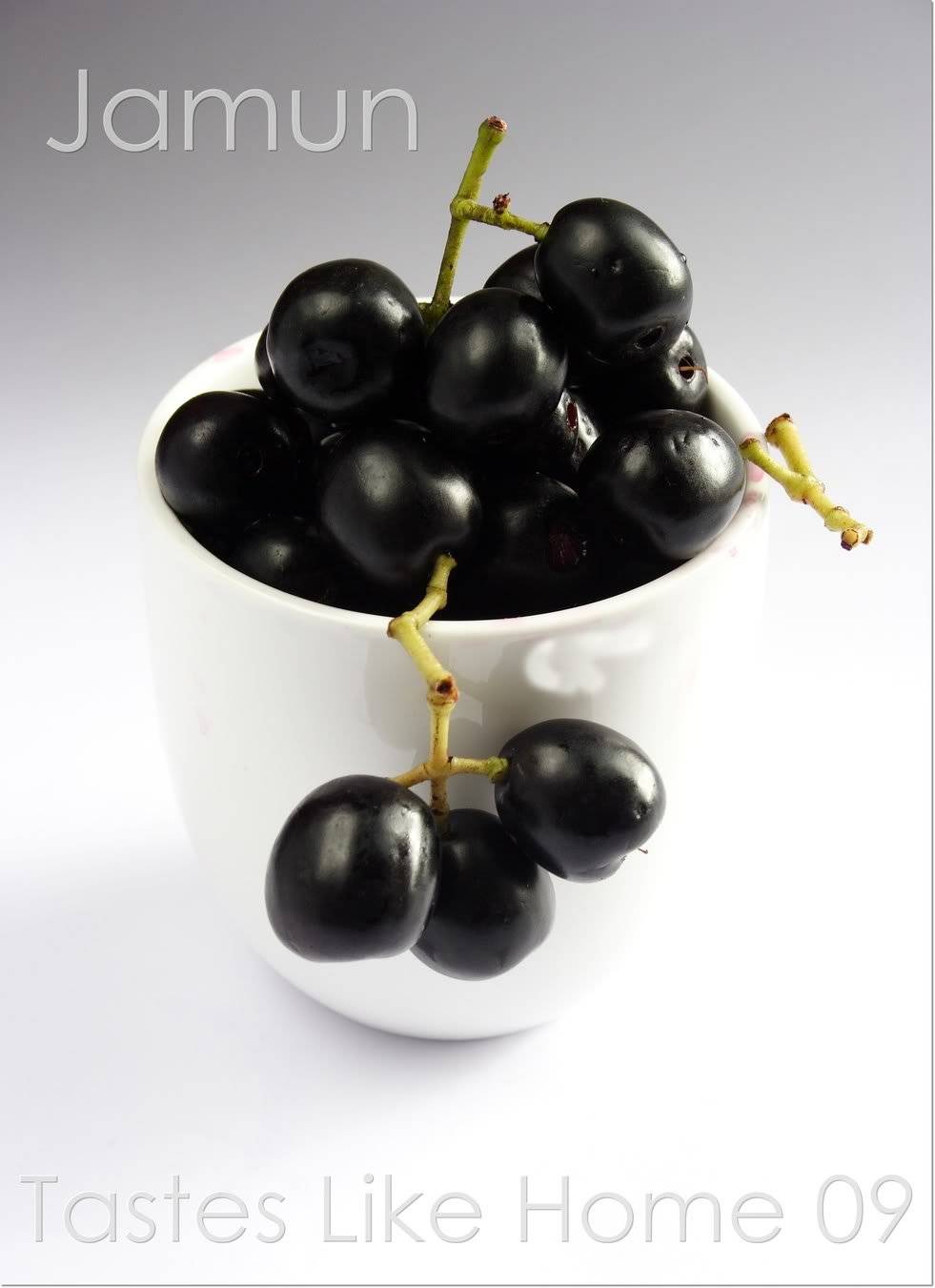This post was first published on 8th November, 2012.
The Jamun patent saga, earlier reported to be the subject of government revocation has spurred discussions and debates across India on various counts, ranging from mode of revocation to CSIR’s blind eye to Indian applications. My attempt in this post is not to add another opinion to the existing ones but to bring forth that a composition of Jamun can be susceptible to patent protection. All of us in India will agree that we have a ton of traditional knowledge (TK), most of which is either untapped or unused. In fact, at some traditional knowledge conferences, TK extremists have gone to the extent of claiming that not even one per cent of the knowledge we possess is being used and that treatment for cancer, AIDS and other dangerous diseases is buried in the mound of TK. Well, I am no extremist nor am I a moderate, but I believe that TK can form the foundation for research , which has the potential to yield results and if it does, such results will be susceptible to patent protection.
Now, let me substantiate my opinion with the Jamun patent claims. The final version of the patent application before the European Patent Office had three independent claims in a total of 17 claims. The links to the document have been provided in Vikram’s post and I will not burden you with that. However, I will take the first set of claims and see what we can learn from them. Claims 1-5 are provided hereunder for your reference.
We claim:
1. A synergistic ayurvedic / functional food bioactive composition for managing diabetes and related disorders, said composition comprising extracts of at least two plants selected from a group comprising Eugenia, Cinnamomum and Salacia optionally along with pharmaceutically acceptable excipients.
This claim merely claims extracts from the plants listed, which of course are known for treating diabetes in TK or prior art, with at least two plants optionally presenting the composition. Under the Indian patent law, there is no scope for patentability based on TK exclusion to patentable subject matter and also novelty.
2. The synergistic Ayurvedic / functional food bioactive composition as claimed in Claim 1, wherein the extract is obtained from plant parts selected from a group comprising root, shoot, leaf, seed, and fruit; or the whole plant; wherein the extract is either an aqueous or organic extract.
Now, this dependant claim adds some insubstantial elements along with the nature of extract, aqueous or organic. Considering the lack of patentability of the first claim, the additional elements are mere colourable imitations, taking the patent applicant no where.
3. The synergistic Ayurvedic / functional food bioactive composition as claimed in Claim 1, wherein the concentration of Cinnamomum extracts ranges between 5-50% and concentration of Salacia extract ranges between 0-40%.
This claim attempts to give a range to the elements but the ranges are too broad and would not be sufficient to muster patentability. But, I must say, it is a step in the right direction, though it seems like easy extrapolation.
4. The synergistic Ayurvedic / functional food bioactive composition as claimed in claim 1, wherein the excipients are selected from a group comprising additives, gums, sweeteners, coatings, binders, disintegrants, lubricants, disintegration agents, suspending agents, granulating agents, solvents, colorants, glidants, anti-adherants, anti-static agents, surfactants, plasticizers, emulsifying agents, flavoring agents, viscosity enhancers and antioxidants.
This claim gives a list of excipients, all very well known, no specificities whatsoever. Well, my comment remains, adding known excipients to an unpatentable composition will not work.
5. The synergistic Ayurvedic / functional food bioactive composition as claimed in claim 1, wherein the composition is formulated into dosage forms selected from a group comprising liquid, troches, lozenges, powder, granule, capsule, tablet, patch, gel, emulsion, cream, lotion, dentrifice, spray, drop, suspension, syrups, elixirs, phyotceuticals, and neutraceuticals.
Dosage forms, general and well known. Same comment.
I agree with EPO that the said claims are mere recitations of TK and prior art, not meriting patent protection. The revoked or revocable patent has been granted in India and the strategy to bank on TK, that is inaccessible seemed to have worked. Many others allege other reasons but I do not intend to get there. Now, assuming that the patent applicant actually developed a composition based on prior art and identified the specific composition that yields optimal results. Would this be patentable? I hope yes, unless of course, TK recites the specific composition. Let us look at a hypothetical claim, modified based on the claims in question, for our purposes.
The claim reads:
“We claim: a synergistic ayurvedic / functional food bioactive composition for managing diabetes and related disorders, the said composition comprising, 5-10 percent by weight of Eugenia extract, 30-32 percent by weight of Cinnamomum extract and 15-17 percent by weight of Salacia extract and excipients selected from a group of xxx, yyy and zzz.
Such a claim would most probably muster patentability. It would be patentable subject matter in the light of TK exclusion because it is based on TK but not something that forms part of TK. With respect to novelty and inventive step, assuming that such a composition was not earlier know, it has good chances of passing the said requirements. While experts may argue obviousness based on TK, those in research will agree with me that finding a specific composition based on known extracts for a disease would be far from easy, let alone being predictable.
I will stop here for now. Any thoughts???
Image from: Tastes like Home
Author: Dr. Kalyan C. Kankanala



